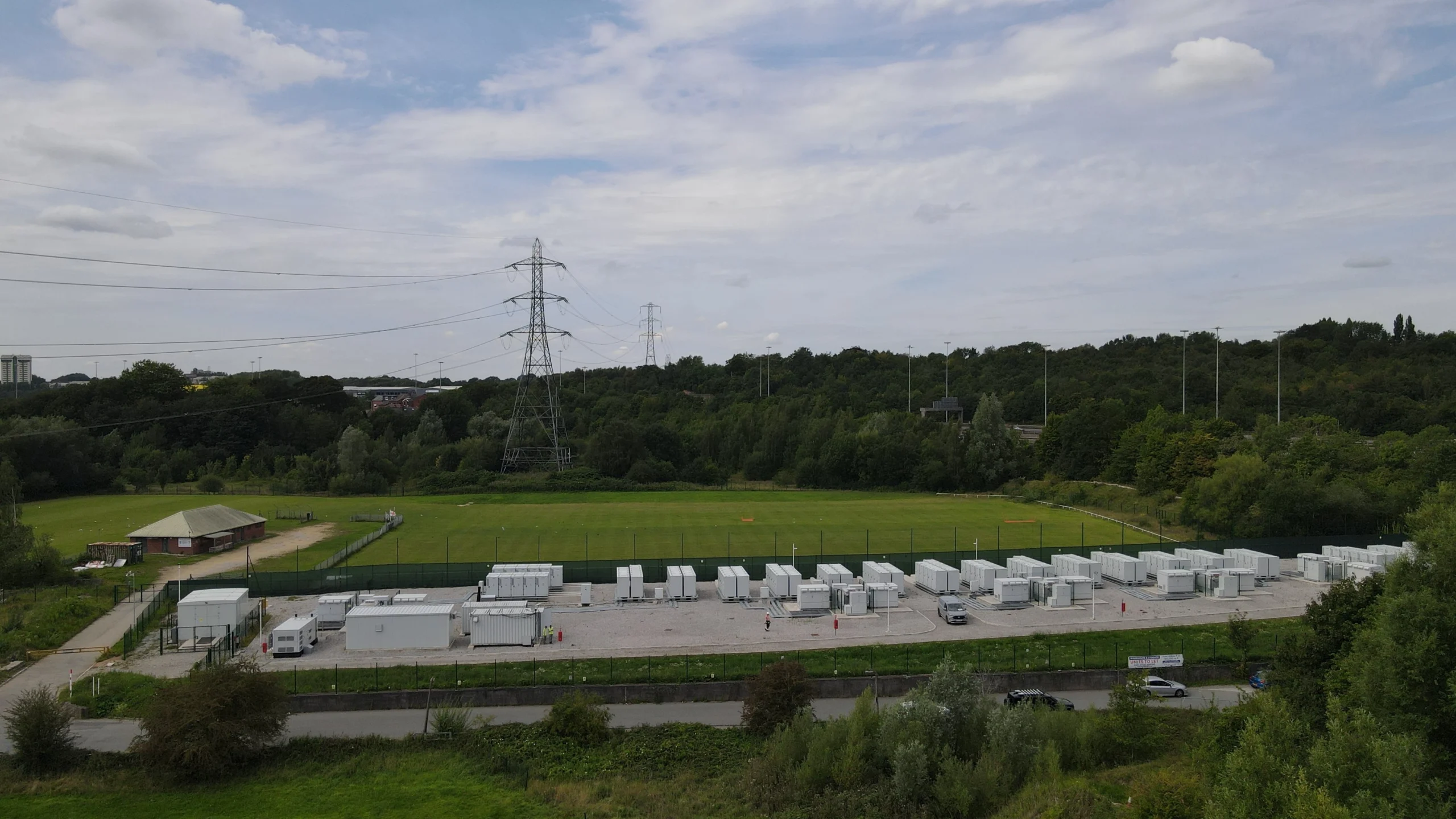Welkin Mill is a 35MW/70MWh battery energy storage system (BESS) site located in Stockport, Greater Manchester.
Project overview
At the Stockport site, 210 battery storage modules store energy and release it to the local electricity network when homes and businesses need it most.
Developed by our partner Noriker Power and owned by Equinor, the site’s 210 modules have a total capacity of 35MW. Noriker explains that this is the equivalent of supplying 100,000 UK homes for two hours.
The batteries in the Welkin Mill site are charged overnight and the electricity is released during the day to boost the network in times of high demand.
Battery energy storage systems are a flexible and reliable way to store renewable energy, so these systems will play an essential role in the UK’s decarbonised energy future.
As the independent distribution network operator (IDNO) for the Welkin Mill project, we’ve adopted the electricity network that connects the battery storage site to the regional network.
The challenge
When it came to designing the electricity infrastructure to power the Welkin Mill site, Noriker Power was limited by the specifications set out by the local distribution network operator (DNO).
This is an issue shared by many battery energy storage system operators, as some DNOs restrict the range of equipment, such as switchgear and transformers, that can be connected to their networks.
Our solution
As an IDNO, we operate to the same regulatory standards as local distribution network operators (DNO) but we’re able to offer much more flexibility in the design of our electricity infrastructure.
We’re able to adopt and operate any equipment approved by the Energy Networks Association (ENA). This meant that Noriker Power wasn’t restricted to the small list of equipment specified by the incumbent DNO for the Stockport area.
Instead, we were able to approve a design that benefitted from alternative ENA-approved equipment, improving cost and time efficiencies for the overall construction programme.
We were also able to approve the electricity network connection designs within five days, much quicker than the typical DNO average of three months.
